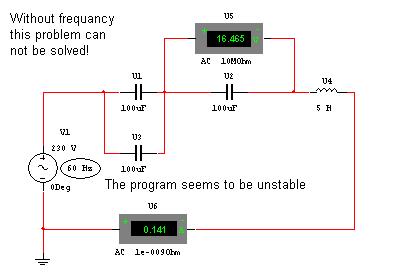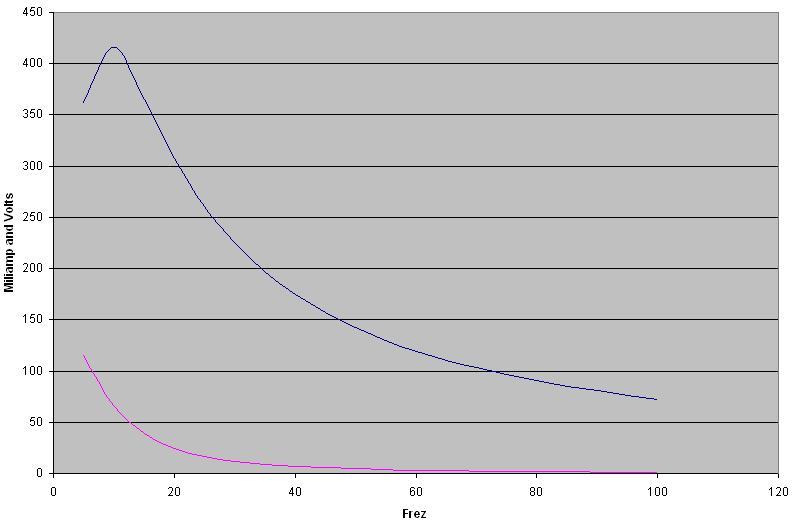B****red if I can remember....
I do remember though thinking how interesting it was, and how it wasn't as simple as it appeared at first glance..
I do remember though thinking how interesting it was, and how it wasn't as simple as it appeared at first glance..





